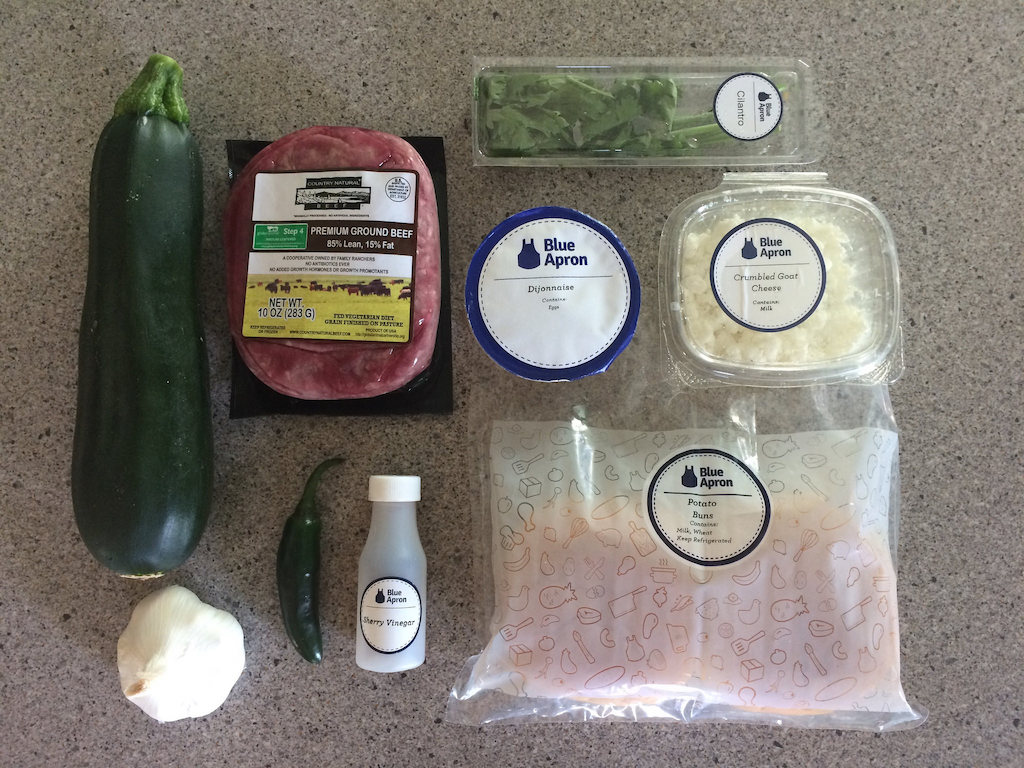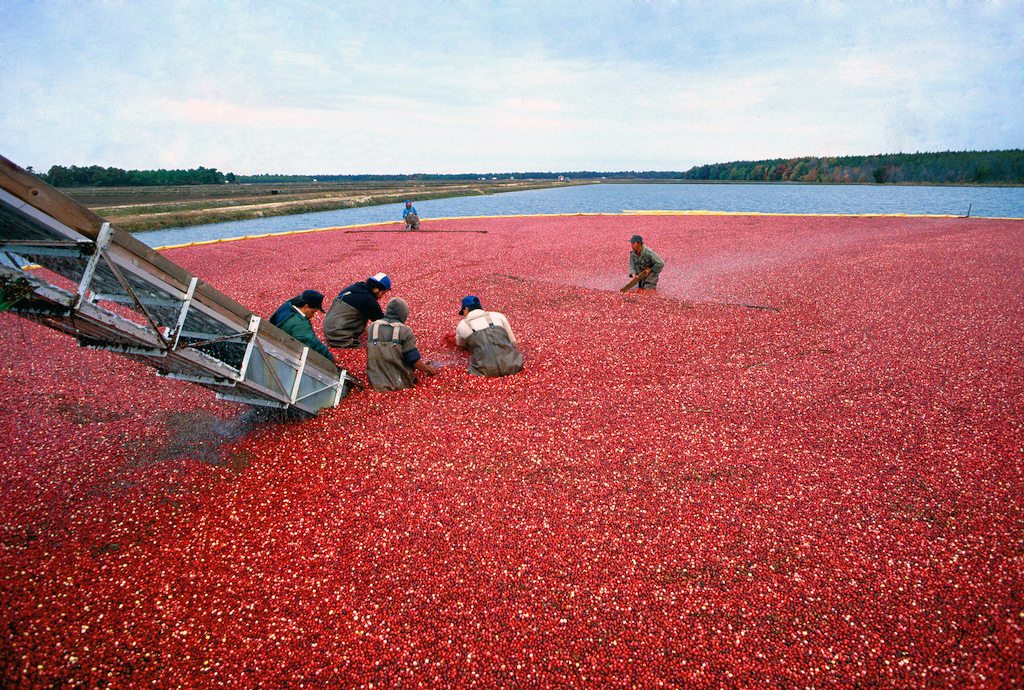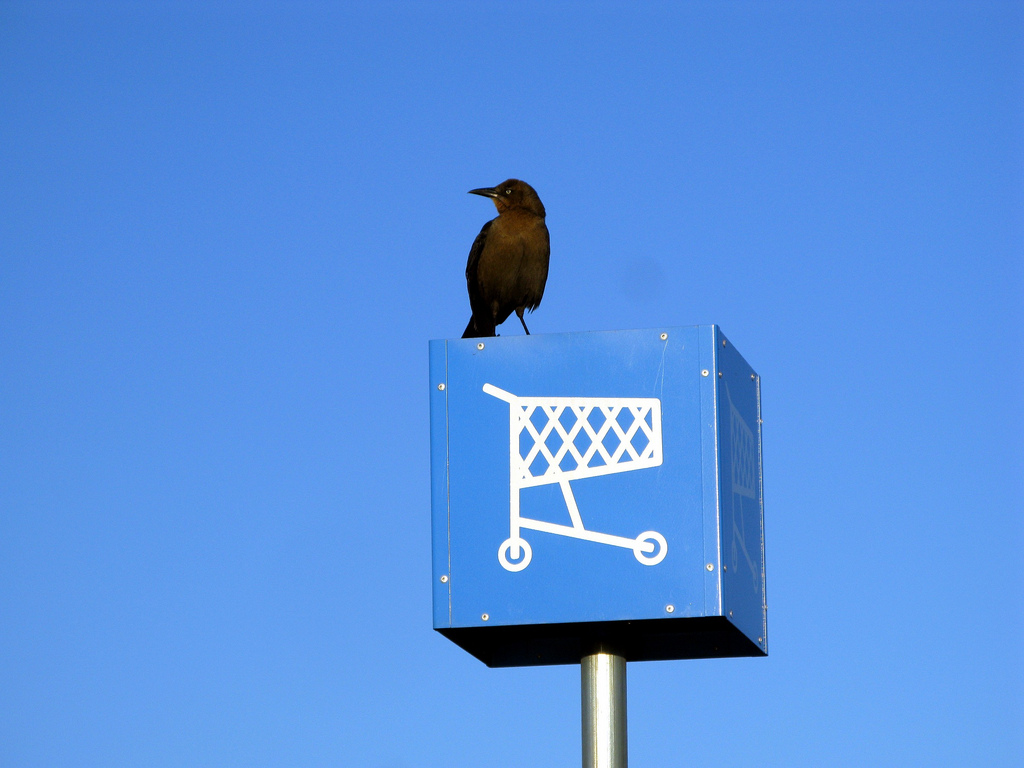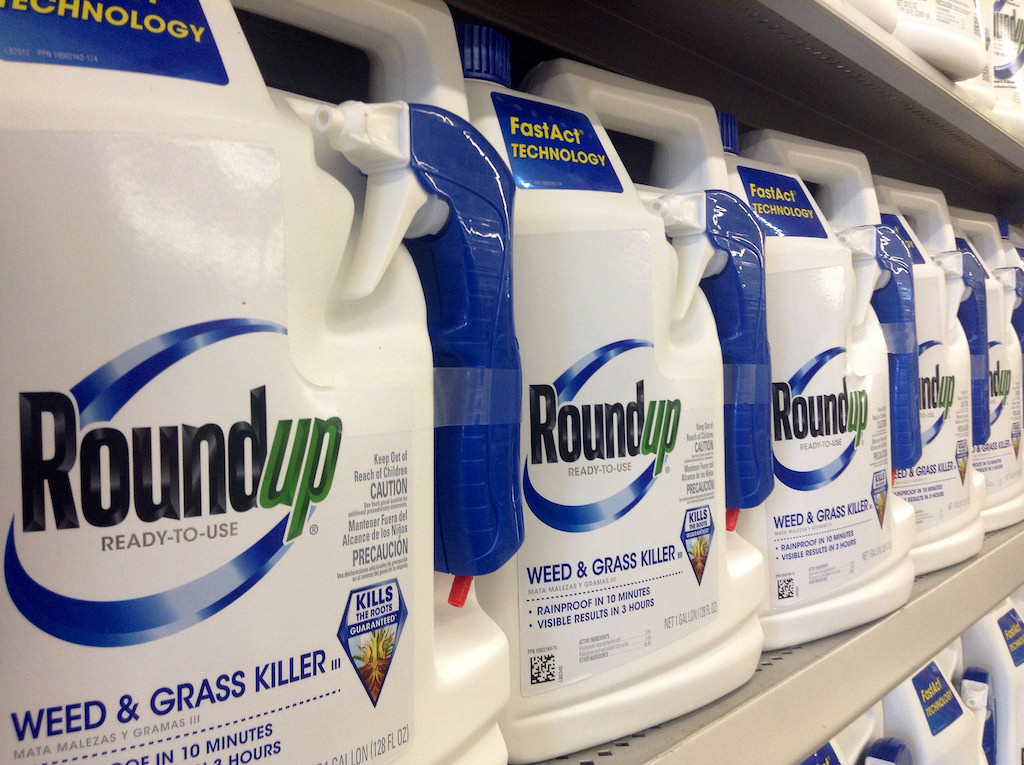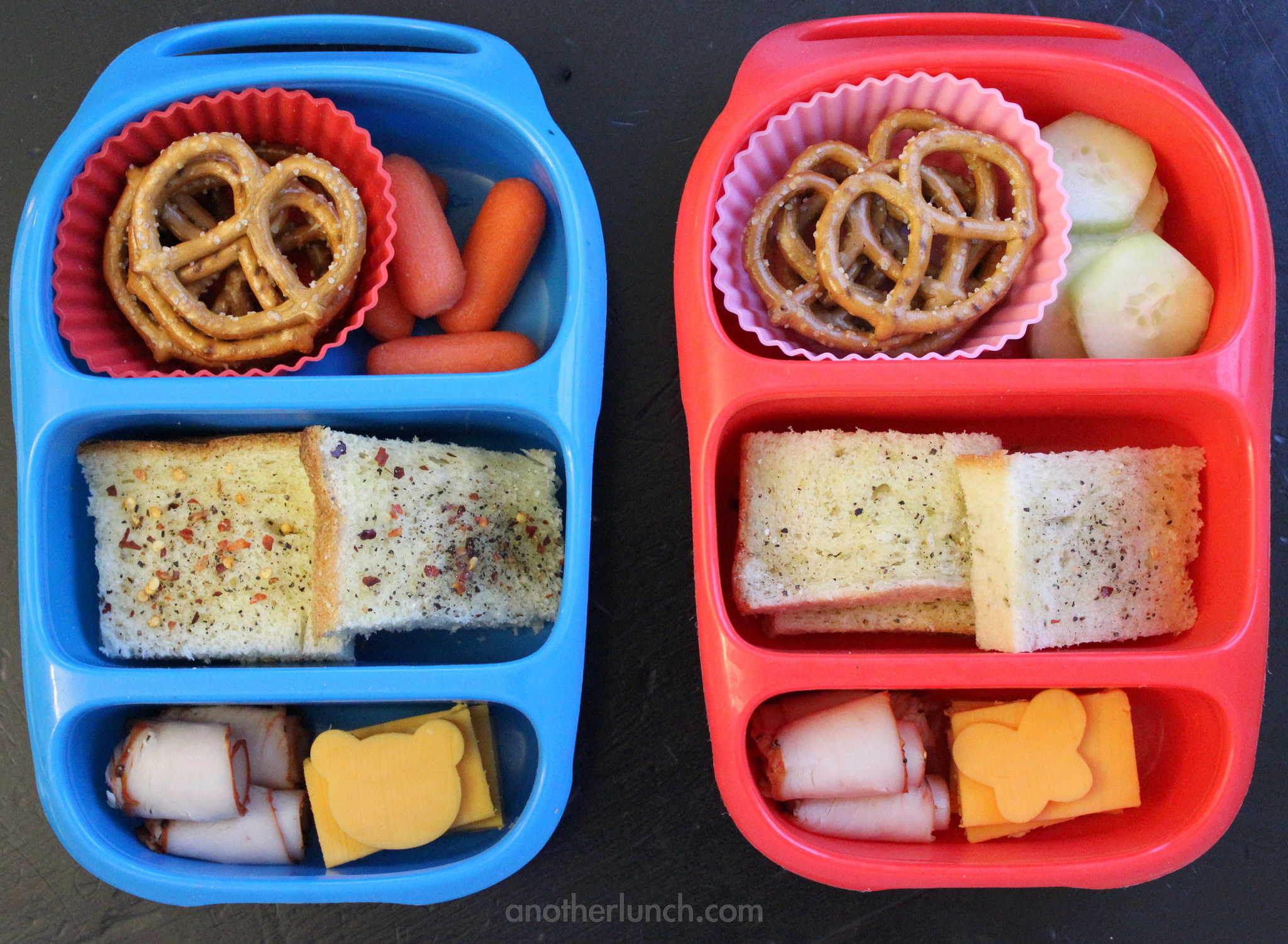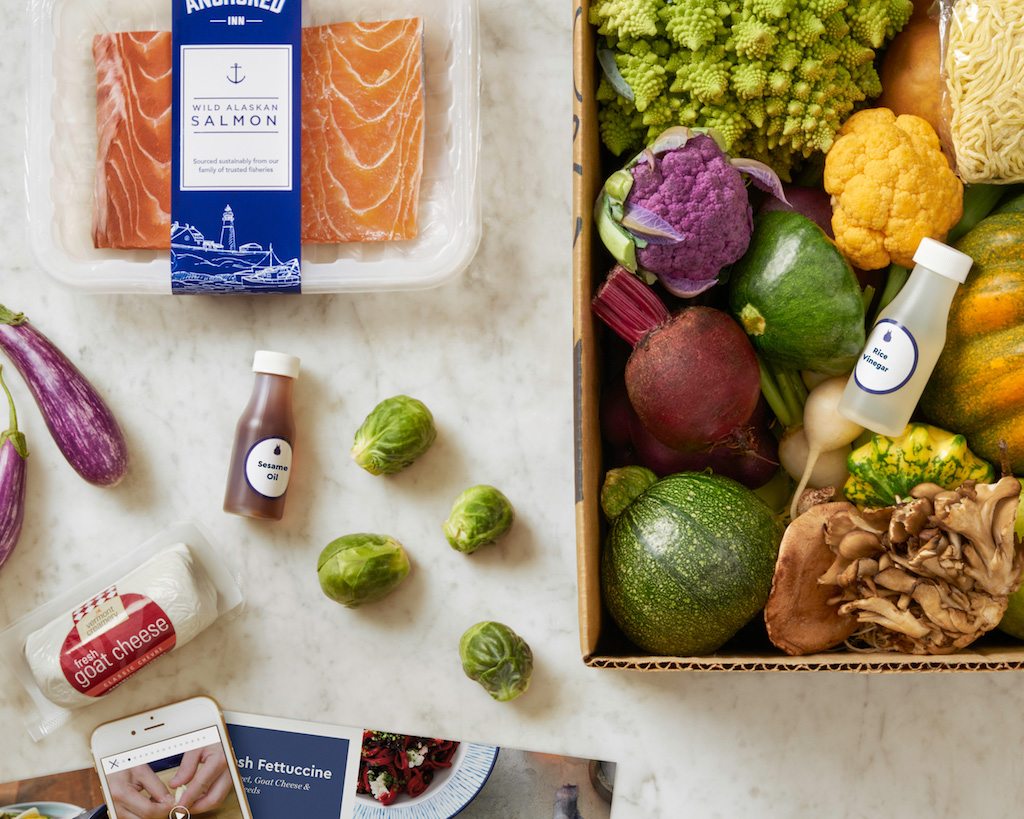
Blue Apron
There’s nothing like peeking into the paperwork for an IPO. It’s the document where a company that’s been allowed to keep its business to itself finally has to open up a bit and let the rest of the world know what’s going on.
Today’s candidate: Blue Apron, the meal kit company. It’s made a huge splash, it’s won some loyal fans. It seems to be everywhere. But what does it look like as a business? Let’s dive in.
First thing to notice: Blue Apron has been growing like a house afire. It was funded in 2012. By 2014, it had sales of $77.8 million. Over the next two years, sales grew by 338 percent and 133 percent respectively, bringing total revenue to $795.4 million. For the first quarter of 2017, sales were $244,843,000, and the company delivered 4.3 million orders (each typically consisting of multiple meals) to more than a million customers. That’s up 40 percent from first quarter last year, and though Blue Apron says that Q1 tends to be its strongest quarter for revenue, there seems every chance that revenue this year will top a billion dollars.
Pretty fabulous, right? Here’s the bad news: Blue Apron has had just one profitable quarter in its history—Q1 of 2016, when it made about $3 million. The rest of the time the company has lost money: $31 million in 2014, $47 million in 2015, $55 million in 2016, and a daunting $52 million just in Q1 of 2017.
That’s not necessarily a bad thing; it costs money to build a business, and Blue Apron has done a great job of finding customers and building out its infrastructure—the company says it can now serve 98 percent of the United States population. And though the dollar losses have been increasing, they represent a smaller and smaller percentage of revenue: 40 percent in 2014, 15 percent in 2015, and 7 percent in 2016. The question is whether Blue Apron’s model will turn profitable—and when.
The worrisome figure in Blue Apron’s June 1 filing is the cost of goods sold (COGS), which includes the labor and materials to create the meal kits, but not marketing and administrative expenses. Blue Apron’s COGS has been moving in the right direction: 93 percent in 2014, 77 percent, 67 percent. Then 69. But those percentages are probably still too high. Think of it this way: If Blue Apron’s COGS in 2016 were 50 percent of revenue instead of 67 percent, the company wouldn’t have lost $55 million; it would have made an $80 million profit, even after its high marketing costs and the money it invested in building infrastructure.
But getting to 50 percent (or whatever the final target is) isn’t easy for a company like Blue Apron. Every strategy has a down side. Raise prices? A fundamental part of the Blue Apron sales proposition is that you don’t pay more for a kit than you’d have paid to assemble the ingredients yourself. Cut quality? That sounds dangerous, too, in an increasingly competitive market. If Blue Apron were a more conventional company, its rapidly increasing sales would give it the power to squeeze discounts out of suppliers. But its strategy has been to work directly with farmers, saving money by eliminating middlemen. Are there really substantial discounts to be obtained from Blue Apron’s farmer suppliers?
One obvious way to help the COGS problem is to alter the product mix. If it’s difficult to get the cost of food kits into an ideal range, add ancillary products with a better financial profile. Blue Apron has already begun to do this, with offerings of wine and cooking utensils—products that offer better margins, with none of the dangers of perishable vegetables and meat. Will they catch on, and will they make a substantial difference for margins? We’ll see.
Assuming Blue Apron can get costs under control, the next question is whether it can continue to grow. There’s a thing companies like to do in selling their business plans: They show that the market for their product, broadly conceived, is enormous, and all they need to capture is just a tiny share of it to succeed. In its IPO filing, Blue Apron takes that tack, pointing out that the U.S. grocery market is $785 billion, that the restaurant market is $543 billion, and that Blue Apron intends to capture customers in both. Win one percent of the market, and you’re looking at $1.3 billion—and how hard can it be to gain a percentage? In its most recent quarter, Blue Apron sold into a bit over a million households, and there are 126 million households in the United States.
OK, there’s opportunity. But it isn’t 126 million households. Blue Apron is designed to appeal to someone with a bit of money as well as an appreciation for its values of quality, freshness, and organic production. That implies education. About one-third of households in the U.S., or roughly 42 million, are headed by someone with a bachelor’s degree or more. That’s probably the ceiling. But what’s a reasonable penetration? Kroger, a dynamo, gets about 15 percent of the total U.S. grocery market. But Kroger sells to everyone, not just (arguably) one-third of the population. Whole Foods, a more comparable case, gets about 2 percent. If Blue Apron could win 2 percent of households as customers, that would translate to about 2.5 million customers—or two and a half times what it claimed for Q1 2017. There’s no question that we’re in a time when Americans are changing the way they think about and shop for food, but I still have to wonder how much headroom there is for even the most successful premium meal kit company.
Blue Apron’s growing customer base has come at a price. Historically, its marketing has cost between 15 and 17 percent of revenue, and in Q1 2017 it hit almost 25 percent—perhaps as part of a ramp-up toward an IPO. That rate translates to a cost of $144 per new customer. Is that too much? It depends. As Blue Apron points out, the average revenue it receives from a new customer in the first six months is about three times what it spends on acquiring the customer, and a customer who sticks with Blue Apron for 36 months spends an average of $939 dollars. All of that sounds good, but of course that is just revenue: it doesn’t account for Blue Apron’s low margin of 33%. You’ll hear a variety of benchmarks for acquisition costs.
A lot of tech folks like to see a lifetime customer value (that is, total net revenue minus cost of goods sold) of about four times the acquisition cost. It’s too early to be confident about how long a Blue Apron customer stays with the company on average. Let’s say a year. Blue Apron says the average 12-month net revenue per customer is $606, so customer value for that period at the 2016 gross margin of 33 percent would equal $202, a bit low. If the gross margin were 50 percent, the customer value would be $303. Better. But still below three times the cost of acquisition. Of course, Blue Apron’s goal is to keep customers significantly longer than a year, and it probably does, but you can’t get that information from the IPO filing.
In Q1 2017, the cost per customer was $61, which not surprisingly looks a lot better. The one-year customer value is still a bit below the 3X level (which, as near as I can tell, is a relatively arbitrary number anyhow), but the cost of acquisition is completely covered with money to spare.
Is Blue Apron a good investment? Listen, back in the early 80s, my wife and I talked about investing in Apple. At eight dollars a share. Eight. And we decided it was too risky. No one should take investment advice from me. What I get out of poring over the numbers in Blue Apron’s filing is not a definitive answer about whether the company is going to succeed or fail, but a new sense of how deep in the woods we are. Here’s a company in a category we don’t really know anything about, selling to customers who are in a massive transition in the way they shop, using a supply chain and business model that might or might not make sense, facing an array of competitors that changes almost daily. There are plenty of people who need to make the good-investment-or-bad judgment. Me, I’m stuck on brave-and-visionary versus stupid.
I’m leaning toward brave and visionary. Good luck, guys.



